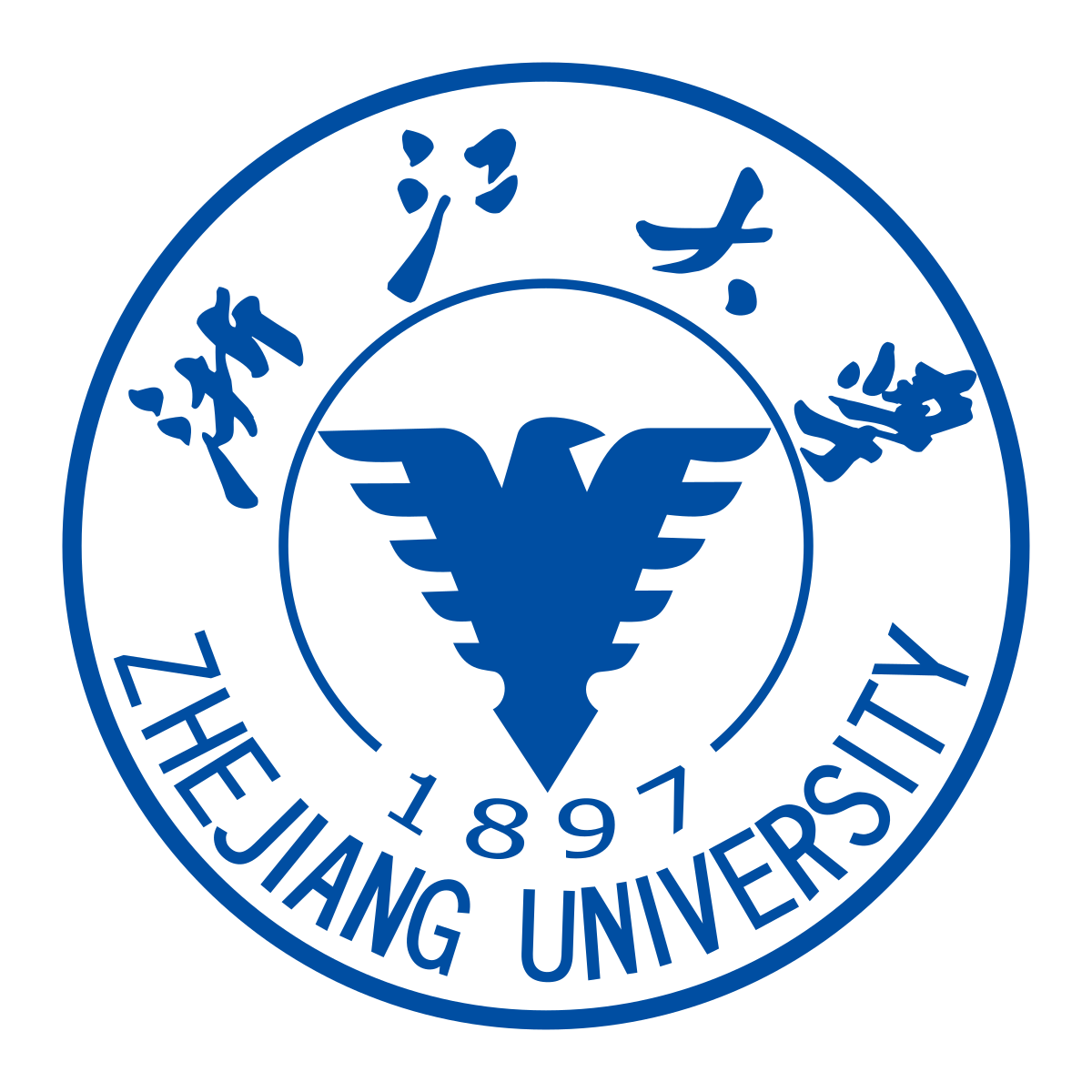Zhejiang University: Top 10 ZJU Academic Advances 2020
On June 7, the awarding ceremony for the Top 10 ZJU Academic Advances 2020 was held. From the etiology and treatment of COVID-19, to the world’s first human cell atlas, and molecular mechanisms underlying insect transmission of plant DNA viruses, Zhejiang University researchers have uncovered amazing things one after another. “It’s been 9 years since the establishment of the Award for the Top 10 ZJU Academic Advances in 2013,” said Prof. ZHANG Ze, chair of Zhejiang University Academic Committee. The award is, he added, more than the recognition of outstanding achievements made by our researchers. It also serves as a platform for mutual learning and communication, promoting innovation ecosystem and culture.
Here are the top academic advances from 2020 that’s sure to keep making waves in 2021 and beyond.
Award for the Most Outstanding Contribution:
Study on the etiology and clinical diagnosis and treatment of COVID-19
Headed by Prof. LI Lanjuan from the First Affiliated Hospital, School of Medicine
The study revealed the molecular assembly of the authentic SARS-CoV-2 virus using cryoelectron tomography (cryo-ET) and subtomogram averaging (STA) for the first time. The study also made a breakthrough by uncovering the native conformation of the ribonucleoproteins (RNPs) and their higher-order assemblies and shed light on how the virus packs its 30-kb-long single-segmented RNA in the ~80-nm-diameter lumen. In addition, the research team was the first to summarize the clinical characteristics and severity mechanisms of COVID-19 in areas outside Wuhan, and established Zhejiang experience for clinical diagnosis and treatment of COVID-19. These research results were promoted and applied at home and abroad.
TOP 10 Academic Advances:
1.The impact of major exogenous shocks on food security and energy security
Headed by Prof. GONG Binlei from School of Public Affairs
This program establishes a new growth accounting framework to investigate the impact of exogenous shocks (e.g., climate change, epidemics, and technology revolution) on food and energy security, and further puts forward policy suggestions to foster the resilience of strategic industries in the new development pattern.
2.Ferromagnetic quantum phase transition and strange metal behaviors
Headed by Yuan Huiqiu from Department of Physics
The study reported discovery of pressure-induced ferromagnetic quantum critical point (FM QCP) in a stoichiometric heavy fermion ferromagnet and the associated strange metal behavior.
3.Visualizing gas molecules reacting at active sites of catalytic materials
Headed by Prof. WANG Yong from School of Materials and Engineering
Directly visualizing catalytic reactions at the atomic or molecular level is one of the most challenging works in the science community. For the first time, by employing environmental transmission electron microscopy, the researchers have successfully visualized the H2O molecules dissociating and reacting at the surface active sites of titanium dioxide catalyst.
4.Hydrophobic zeolite modification for in situ peroxide formation in methane oxidation to methanol
Headed by Prof. XIAO Fengshou from Department of Chemistry
The research team developed a heterogeneous catalyst system for enhanced methanol productivity in methane oxidation by in situ generated hydrogen peroxide at mild temperature (70°C).
5. Key technologies in intelligent monitoring of low altitude aircraft and their applications
Headed by Prof. SHI Zhiguo from College of Information Science and Electronic Engineering
To realize surveillance and counter for drones, the project makes breakthroughs in three aspects: feature extraction of weak and small targets in complex environment, multi-dimensional sparse array signal processing and multi-source heterogeneous sensor fusion.
6. Molecular mechanisms underlying insect transmission of plant DNA viruses
Headed by Prof. WANG Xiaowei from College of Agriculture and Biotechnology
This project focuses on the transmission of plant DNA viruses by insect vectors and revealed: some important cellular mechanisms underlying the movement/transport of virions in the insect body; molecular mechanisms of the specific and localized multiplication of virus in salivary glands; and a critical vector receptor protein associated with virus transmission. These novel findings provide molecular targets for the research and development of new technology for blocking transmission of plant DNA viruses.
7.Construction and application of the human cell landscape
Headed by Prof. GUO Guoji from School of Medicine
Using Microwell-seq single-cell sequencing technology, the research team constructed the first version of the human cell atlas. The researchers classified more than 800 major human cell types, uncovered inflammatory structural cells, revealed common mechanisms for cell fate decision, and explored novel drug targets by comparing healthy and disease cell atlases.
8.Microglia mediate forgetting via complement-dependent synaptic elimination
Headed by Prof. GU Yan from School of Basic Medical Sciences
By specifically regulating microglia and memory engram cells in the hippocampus, the research team found microglia in the hippocampus mediate forgetting of remote memories via complement-dependent synapse elimination.
9.Identification of ferroptosis as a target for heart and liver diseases
Headed by Prof. WANG Fudi from School of Medicine
The findings not only elucidated iron overload-induced ferroptosis as the leading mechanism for triggering various liver diseases, but also demonstrated that targeting ferroptosis could effectively protect against heart and liver diseases. The discovery has been recognized as the breakthrough in the field of novel targets for the prevention and treatment of these diseases.
10.Establishment and clinical application of intestinal bypass stent
Headed by Prof. CAI Xiujun from Sir Run Run Shaw Hospital, School of Medicine
The stent bowel bypass surgery can replace the traditional protective ileostomy. It not only protects the low rectal anastomosis to avoid the occurrence of fistulas, but also avoids a second reintroduction operation and shortens the treatment cycle from 3-6 months to 3 weeks.

